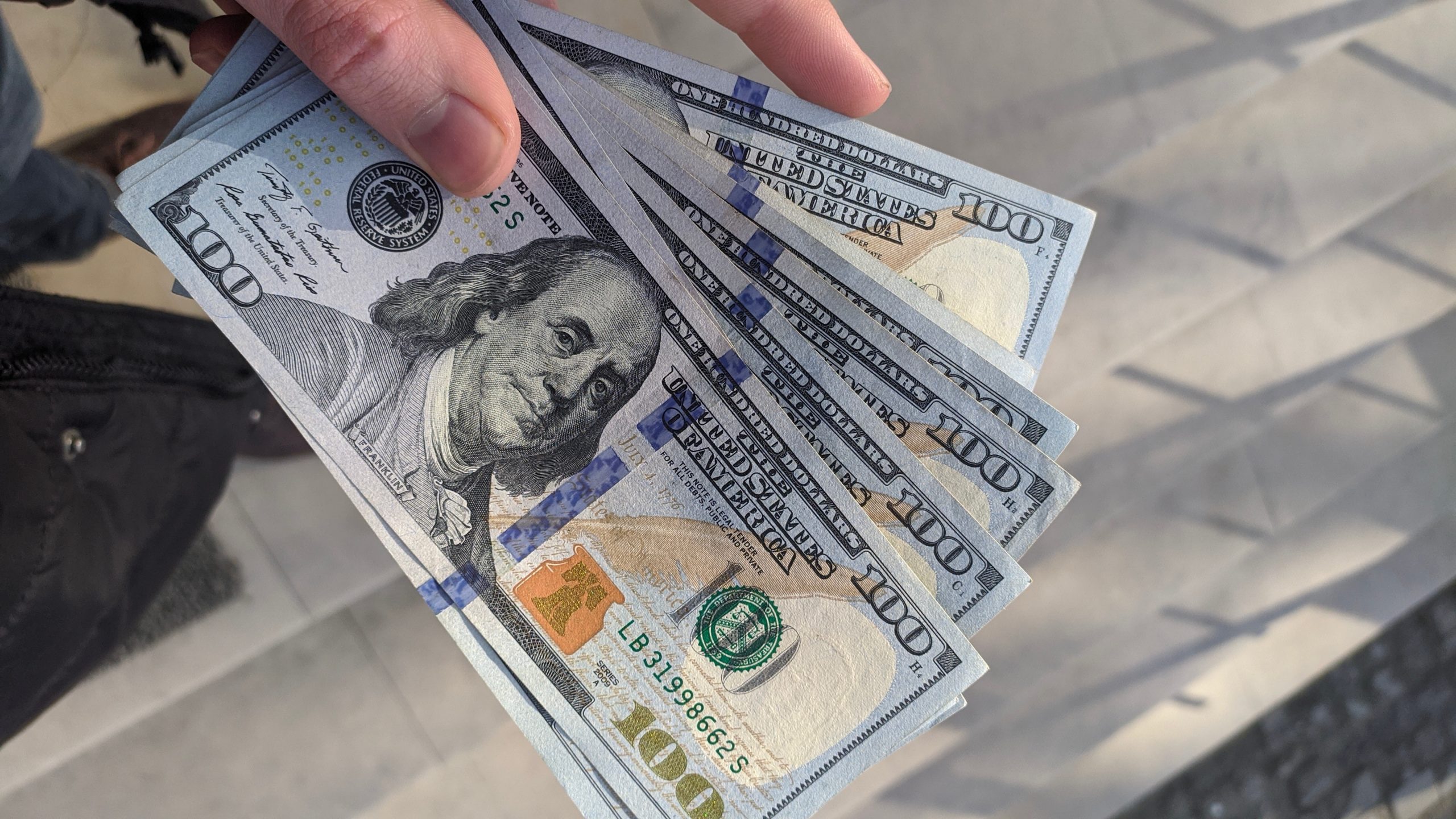Grants and scholarships are non-refundable financial aid but not everyone can get them. Grants are primarily considered for promising students who do not have money, mostly based on need or lack of funds, while scholarships are generally merit-based (special merit, special knowledge, special results).
Importantly, student loans and scholarships can be provided by the federal government, state government, college or vocational school instead of an unverified nonprofit organization.
What Types of Student Loans Are Available in the USA?
The U.S. Department of Education offers a variety of federal grants to students attending four-year colleges or universities, community colleges and vocational schools:
- Online assistance.
- Federal supplemental financial aid.
- Teaching Assistance for Colleges and Higher Education Institutions (TEACH).
How Do I Get a Student Loan?
Almost all of the listed student loans are provided to students with financial needs (i.e. a lack of money to pay for tuition). If you are interested in student loans or any federal student aid, you should start choosing free federal student aid online. You can even consider taking a small loan like the one you can get https://directloantransfer.com/1000-dollar-loan/ here.
Student Loans in College or University in America
In addition to online loan options and scholarships offered to the very best students, you may be offered concessional federal assistance. Student loans can come from the federal government, from private sources such as a bank or financial institution, or other organizations. Loans provided by the federal government, called federal student loans, usually have more advantages than loans from banks or other private sources.
What Is the Maximum Amount of Loans to Study in the United States?
It depends on whether you are a student, graduate student, professional student, or a parent. If you are an undergraduate student, then the maximum amount you can borrow each year in direct subsidized loans and direct unsubsidized loans ranges from $5,500 to $12,500 per year. It also depends on what year you are in school and on your status.
If you are a graduate student or professional student, you can get up to $20,500 per year in direct unsubsidized student loans. Additional funds can also be used to pay the remainder of the college tuition fees not covered by other financial aid.
Loan Refund
The government offers a number of lending options that are not available with non-government loans. Here are some of their characteristics.
— You don’t have to start paying student loans before graduation;
— When paying off, you can defer payments until your finances improve;
— Low interest: Some loans have possible interest rates in single digits;
— Low commission fees: Usually fees for issued loans are ~ 1% of the loan value;
If you are registered at least part-time, you do not need to start making government loan payments until six months after graduation. In addition, interest on loans will not be accrued until the graduation period.
If you drop below half the required credit hours, interest will begin to accrue. At this stage, it would be better to make payments above the minimum payment, which will reduce the amount of interest that accumulates.
According to the Federal Reserve, the average monthly payment is about $393. How much you pay will depend on the repayment plan and interest rate. Please note that graduation loans usually have higher interest rates than student loans.
How To Get a Refund?
In any case, the borrowers have the right to make their payments through the executive grace interval. Most of them take advantage of the government’s 0% interest rate, which means that 100% of the fees they make go toward paying off each student loan. Nevertheless, those borrowers seeking money can demand repayment of a governmental payment after the agreed date. If a borrower makes additional payments before the agreed time, he or she cannot be eligible for a refund.
The process of getting a refund is fairly easy. First of all, you should indicate how many payments you have already made throughout the abstinence period along with the date when your payment was made along with the amount of payment. You could send money to certain lending institutions if you have more than one student loan.
Second, visit the credit support website by clicking on the COVID-19 info page. It provides information regarding requesting a refund. Certain service centers might ask you to visit them in person to demand a needed refund. If a borrower has done everything requested, it is advisable to look at which months they would like to receive a refund.
Ask how long it will take to process the return. It must be sent to the bank account from which you made your payment. Next, set a reminder to make sure your refund is made. It can take up to a month to process your return. Don’t worry if it takes several weeks, but do not hesitate to contact the credit service if your refund has not appeared after that.
















